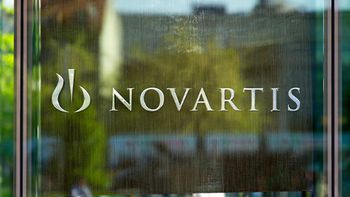
- Pharmaceutical Commerce - July/August 2010
Software as a service (SaaS) will show robust growth but is not a 'panacea,' says Gartner
Research group finds ‘bad practices’ in current implementations as market grows to $8.5 billion
Software as a service (SaaS) has jumped to the forefront of enterprise-computing trends in the past couple years, and even as the technology is experiencing double-digit growth rates, IT analysts at Gartner, Inc. (Stamford, CT) are finding troublesome gaps between the hype and the reality. In a series of reports issued this summer, the firm projected that within the enterprise application software (EAS) market, SaaS will grow by 14.1% this year, to $8.5 billion, and is on a pace to go from 10% of EAS spending in 2009 to more than 16% in 2014. By comparison, the total global market for enterprise IT (software and services) will grow 2.9% this year, and actually shrank last year.
Gartner defines SaaS as software that is “owned, delivered and managed remotely by one or more providers. The provider delivers an application based on a single set of common code and data definitions, which is consumed in a one-to-many model by all contracted customers anytime on a pay-for-use basis or as a subscription based on use metrics.”
By that definition, though, a lot of SaaS business is less than meets the eye. Gartner says that 90% of SaaS implementations are not pay-per-use; moreover, one of the most common “bad practices” is “shelfware”—software that was contracted for, perhaps under a volume-use agreement, but sits idle.
Watch the cloud
SaaS itself is the application layer of a broader trend—cloud computing, which is primarily the use of public communication networks to connect clients remotely with both data and applications. The service component alone of the cloud computing market is growing at 16% currently, reaching $68.3 billion this year. SaaS is joined by platform as a service (PaaS) and infrastructure as a service (IaaS) to form cloud computing.
One of the strongest application areas for SaaS is customer relationship management (CRM), which includes sales and marketing CRM systems in life sciences. SaaS is foreast to account for 36% of total CRM software revenue this year. Other applications that Gartner calls out are project and portfolio management, and content, communications and collaboration.
To keep SaaS implementations on track, Gartner recommends a four-step process:
- Determine value
- Develop governance
- Evaluate vendors
- Develop an integration road map.
David Cearley, a VP and fellow at Gartner, says that SaaS can provide advantages based on the specific circumstances of a deployment as it is quicker to implement and configure for less-complex problems. “SaaS changes the role of IT from implementing its own operations to inspecting a vendor’s operations,” he concludes.
Articles in this issue
about 12 years ago
Industry group Rx-360 lays plans for expanding activities in Chinaover 12 years ago
Eagle Productivity opens new training center in Spainover 12 years ago
Pharma distribution channels crank up for flu seasonover 12 years ago
testalmost 13 years ago
Physician's sample closet unites branded, generic and OTC productsNewsletter
Stay ahead in the life sciences industry with Pharmaceutical Commerce, the latest news, trends, and strategies in drug distribution, commercialization, and market access.




